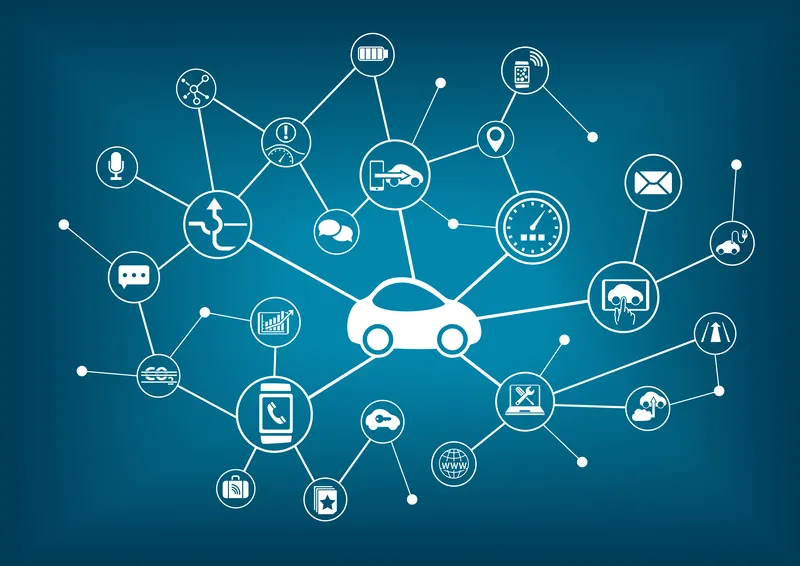The US Department of Transportation (USDOT) has released a summary of the vehicle-to-pedestrian (V2P) technologies that are available to the public.
The technical scan was reviewed available literature and existing technology to identify pedestrian collision warning applications and assess their suitability to be adopted under the Intelligent Transportation System Joint Program Office (ITS JPO) Connected Vehicle Program. The scan and subsequent database outlines the current V2P technological landscape.
June 8, 2015
Read time: 2 mins
The 324 US Department of Transportation (USDOT) has released a %$Linker: 2 External <?xml version="1.0" encoding="utf-16"?><dictionary /> 0 0 0 oLinkExternal summary Download Tech Scan Database report false http://www.its.dot.gov/press/2015/V2P_TechScanDatabase.xlsx false false %> of the vehicle-to-pedestrian (V2P) technologies that are available to the public.
The technical scan was reviewed available literature and existing technology to identify pedestrian collision warning applications and assess their suitability to be adopted under the Intelligent Transportation System Joint Program Office (ITS JPO) Connected Vehicle Program. The scan and subsequent database outlines the current V2P technological landscape.
The technologies are summarized in the V2P Technology Database, which was developed from August 2014 to October 2015 and is continually updated as new technologies become available. The most recent update to the database was completed in May 2015.
In total, 86 V2P technologies have been identified. While a number of the technologies are camera-based (17), others are likely to gain traction as the broader technological landscape evolves-making more advanced devices more easily accessible and less expensive.
The majority of the V2P safety technologies identified incorporate some form of visual notification method. Although this form of notification/warning may be effective, it may take visual attention away from the roadway (for both pedestrians and motorists) at a time when it is especially critical.
Each of the existing and developing technologies identified are described and classified based on various characteristics such as detection method (e.g., cameras, eight sensors); crash type addressed with technology; users alerted (e.g., pedestrian or cyclist); alert/notification type (e.g., mobile phone alert); cost; roadway characteristics where system may be used; environmental characteristics specifically addressed by the technology; and interventions made by the technology.
The technical scan was reviewed available literature and existing technology to identify pedestrian collision warning applications and assess their suitability to be adopted under the Intelligent Transportation System Joint Program Office (ITS JPO) Connected Vehicle Program. The scan and subsequent database outlines the current V2P technological landscape.
The technologies are summarized in the V2P Technology Database, which was developed from August 2014 to October 2015 and is continually updated as new technologies become available. The most recent update to the database was completed in May 2015.
In total, 86 V2P technologies have been identified. While a number of the technologies are camera-based (17), others are likely to gain traction as the broader technological landscape evolves-making more advanced devices more easily accessible and less expensive.
The majority of the V2P safety technologies identified incorporate some form of visual notification method. Although this form of notification/warning may be effective, it may take visual attention away from the roadway (for both pedestrians and motorists) at a time when it is especially critical.
Each of the existing and developing technologies identified are described and classified based on various characteristics such as detection method (e.g., cameras, eight sensors); crash type addressed with technology; users alerted (e.g., pedestrian or cyclist); alert/notification type (e.g., mobile phone alert); cost; roadway characteristics where system may be used; environmental characteristics specifically addressed by the technology; and interventions made by the technology.







